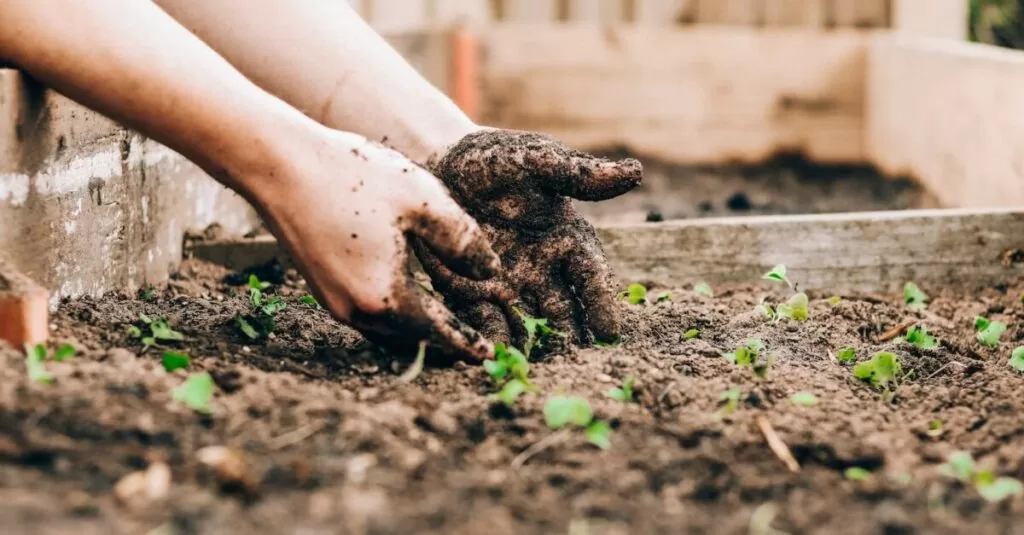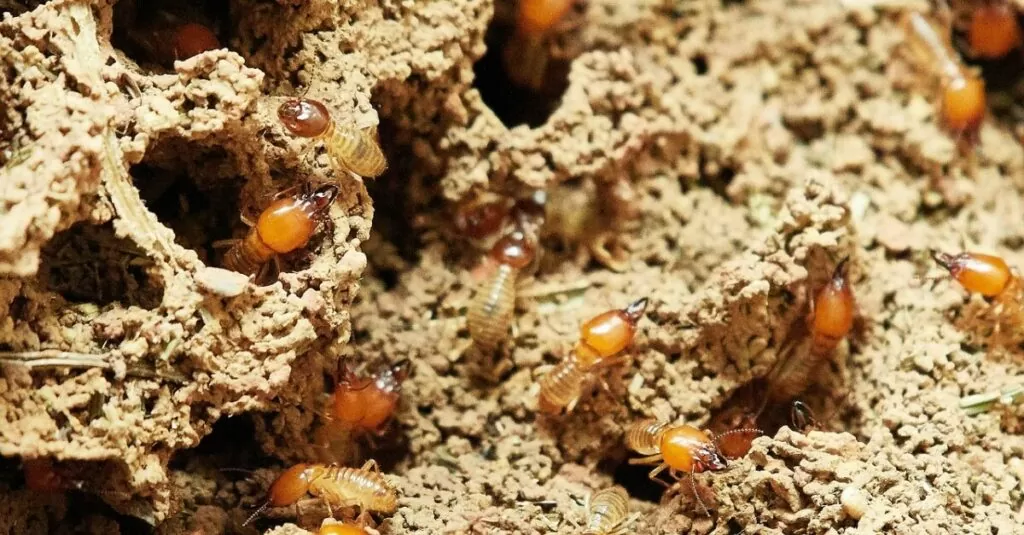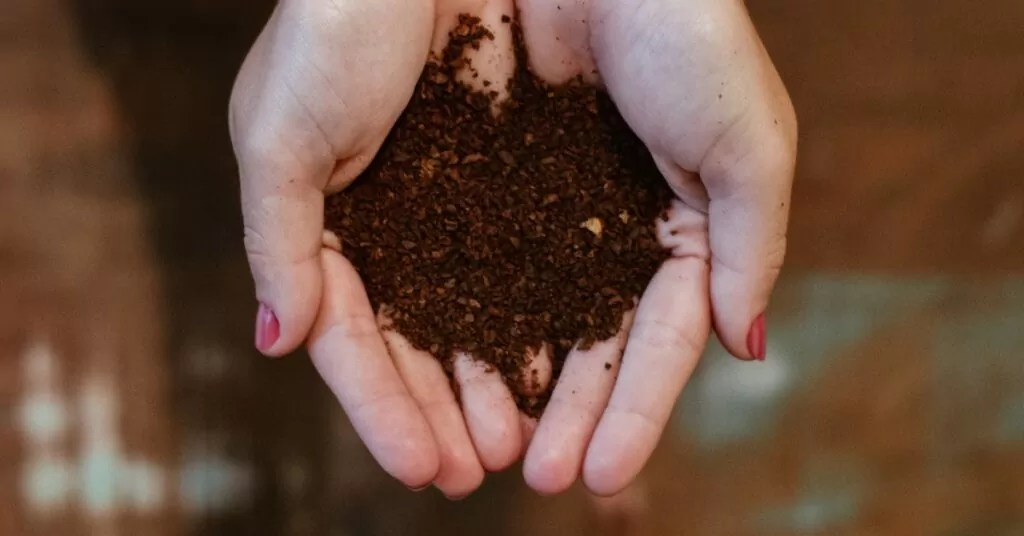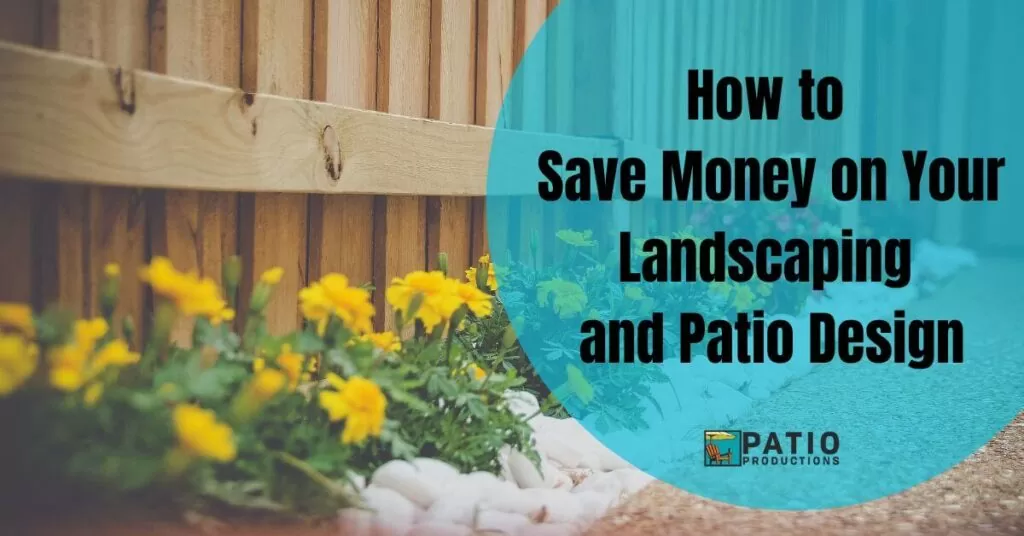The green lawns of suburbia come with a price to the environment and your budget. Herbicides, pesticides, nitrogen-rich fertilizers, and carbon monoxide-spewing lawnmowers make things look green, but environmentally are toxic and expensive. Several cost-effective, eco-friendly changes you can make to your landscaping routine won’t hurt the environment or your wallet.
1.) The Trouble with Fertilizer

Nutrients are good, but it is very easy to over-fertilize your lawn. Those one-size-fits-all fertilizer systems you see at lawn and garden centers are costly, and the nutrients your lawn does not need filters into the aquifer. Eventually, this excess makes its way into nearby streams and ponds, contributing to algae blooms that rob the water of oxygen necessary for a robust ecosystem. Save yourself some labor and money by having your soil tested to determine exactly which nutrients you need; applying anything more than that endangers local waters.
Your flower beds and vegetable gardens will thrive if you enrich the soil with organic compost, an eco-friendly and less costly alternative to chemical fertilizers. Make your own compost by collecting lawn clippings, dead leaves, and vegetable food scraps in a compost bin. Aerate your compost weekly by turning and mixing the pile with a shovel or pitchfork. The decaying vegetation will become the nutrient-rich soil no amount of store-bought fertilizer can create.
2.) Rethink Your Pesticides

Mosquitoes and flies are annoying – you may wish to don a gas mask and banish them instantly with a fog of pesticide. There are better ways to eliminate pests that won’t poison your children and pets.
You can let the birds do the work. Barn swallows, purple martins, and yellow-bellied sapsuckers all eat flying insects; you need to attract these, or other insect-eating birds, to your backyard by providing them with a dependable water source. Adding a garden fountain will attract birds to your yard and, as a bonus, provide a soothing aesthetic to your eco-friendly backyard retreat.
What the birds don’t eat, your plants can drive away. Citronella, mint, marigolds, and catnip are all insect-repelling plants; they are easy to grow, require little care, and will add some color and texture to your backyard plantings.
3.) While You’re At It, Rethink Your Herbicides Too

Apply a thick layer of mulch to areas you want to keep clear of vegetation; this will keep your yard clear of most unwanted weeds just as well as a dousing of chemicals. When that stubborn dandelion refuses to die, rip it from the ground and pour vinegar on any remaining roots.
4.) Consider Outdoor Furniture and Decor Made from Recycled Materials.
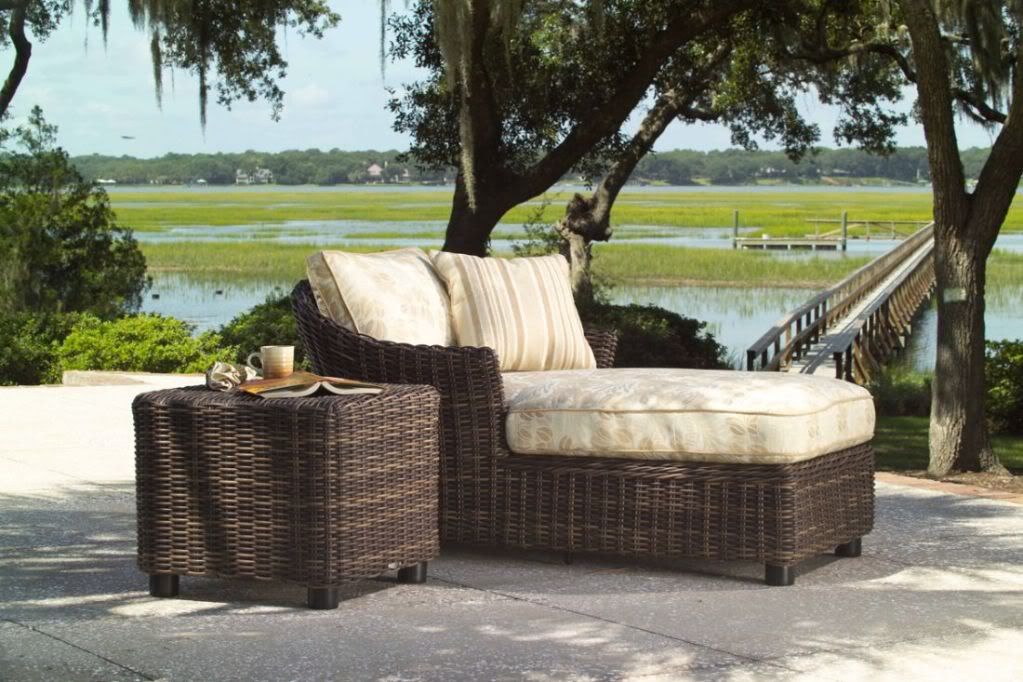
In recent years, outdoor furniture manufacturers have expanded their product lines to include items made from used plastics that once clogged the nation’s landfills. With furniture designs ranging from rustic Adirondack chairs to ultra-modern chaise lounges, you should have no difficulty finding outdoor furniture to match your style.
You can check out this post to learn more about Eco-friendly Outdoor Furnishing Options. Understanding how the products are made will help you make an informed decision. Plus, you’ll be able to impress all of your friends with your extensive knowledge of sustainable living practices!
5.) Mow Less Often
Maintaining a grass height the level of a golf course green is not only a lot of work, but it also does not make for a healthy lawn. Aim for a three-inch high grass cover in your yard; this height is best for discouraging weeds and retaining moisture. While your mowing-obsessed neighbor is polluting the air with noise and fumes, sit back in your new outdoor furniture and enjoy the yellow-bellied sapsuckers clearing your yard of pests.

Mike Bowman is currently the technical product manager and lead editor at Patio Productions. He has worked in the furniture industry as a copywriter, developer, and content creator for the last 14 years, among other roles. An avid DIY-er, he loves to experiment with furniture, landscape design, and home improvement in his own home.

